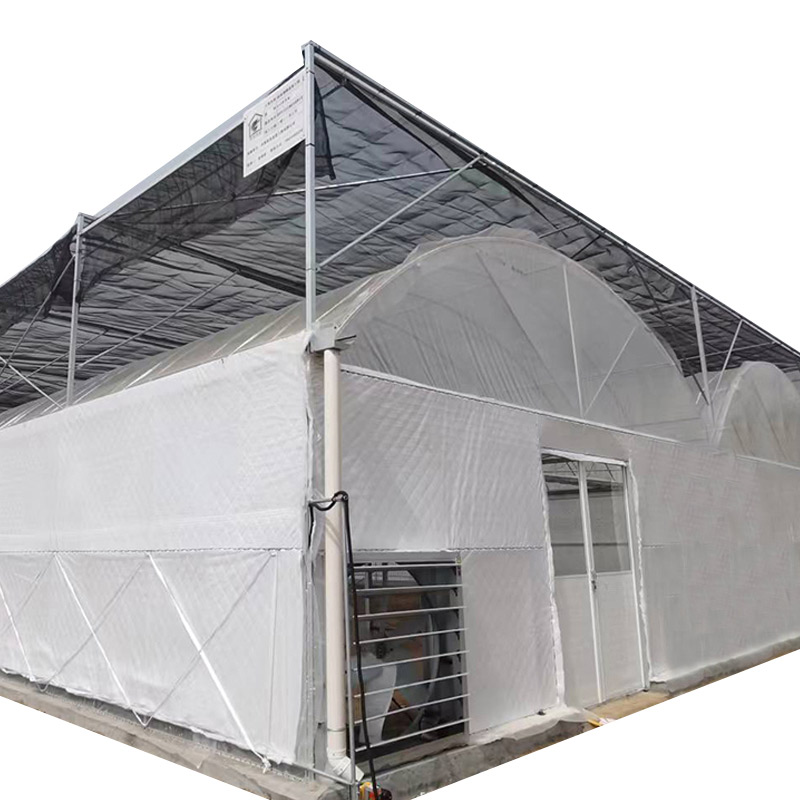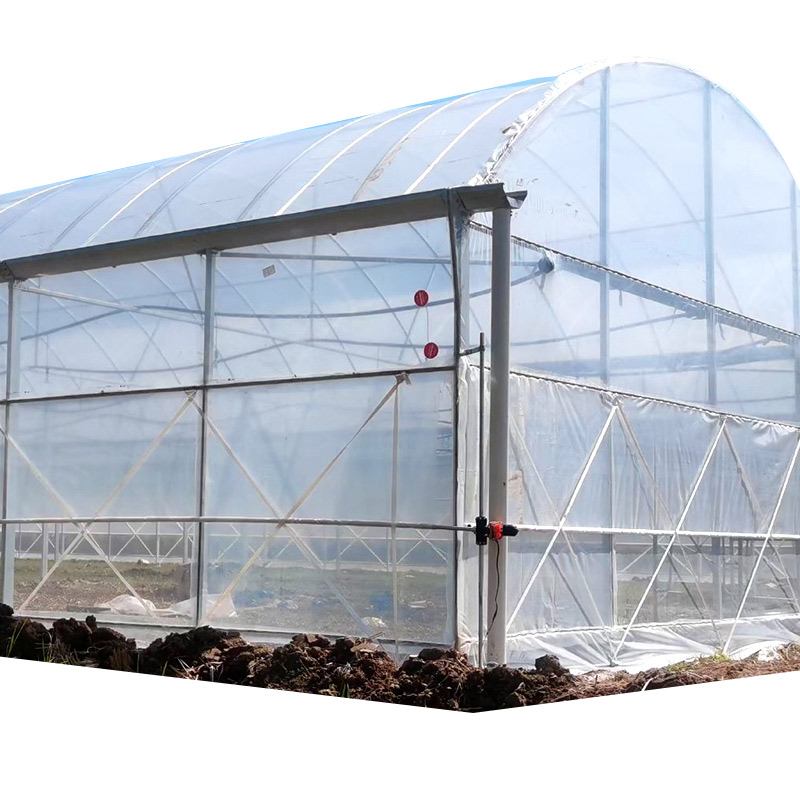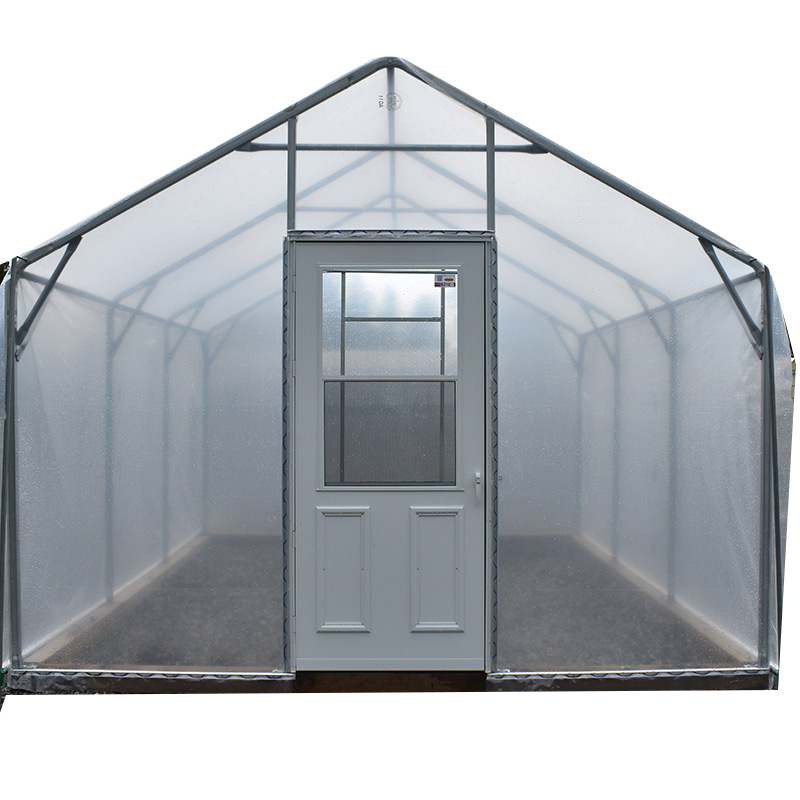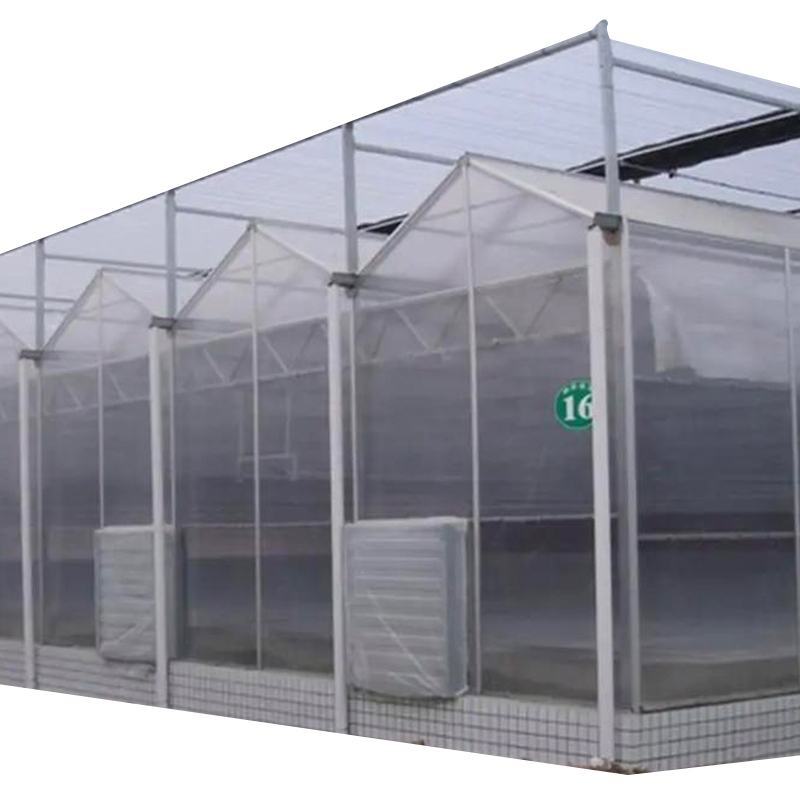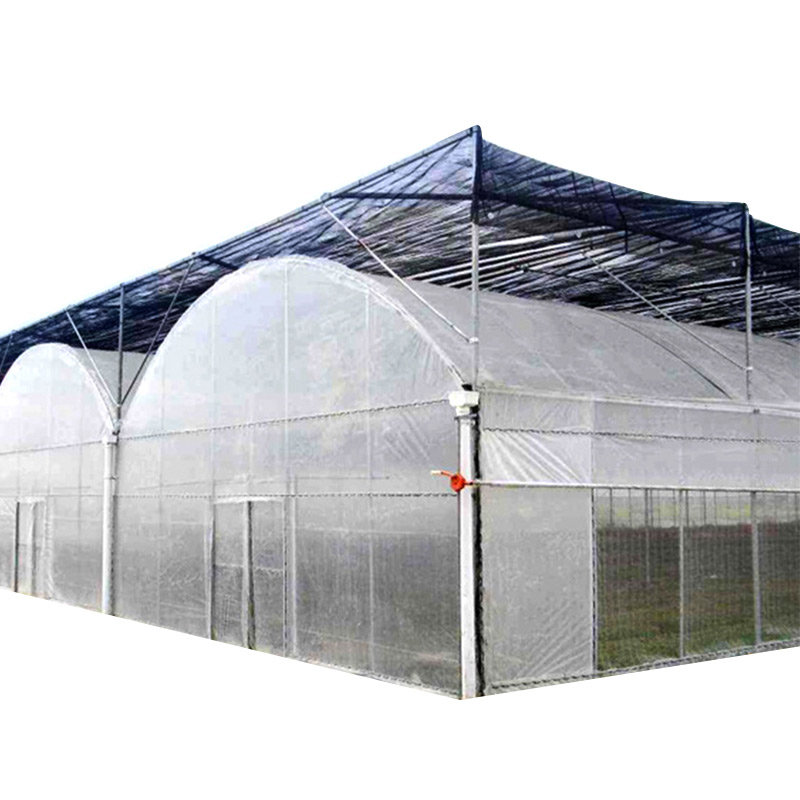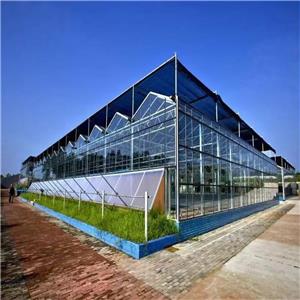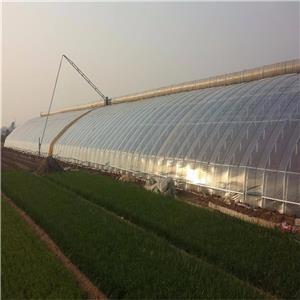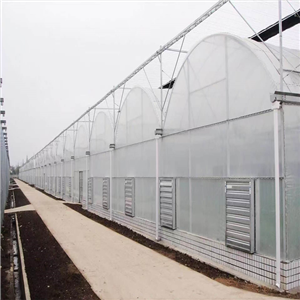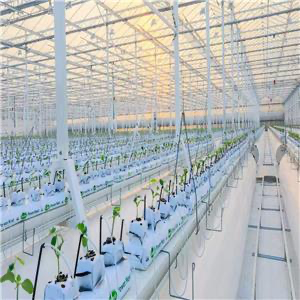
Biodegradable Film Greenhouse, PVC film greenhouse,EVA film greenhouse, biodegradable film greenhouseand PO film greenhouse are eco-friendly agricultural structure featuring plant-based or compostable polymer films as cladding material. Designed for environmentally conscious growers, it combines effective crop protection with reduced plastic waste.
Biodegrdable Film Greenhouse
1. Executive Summary PVC film greenhouse, EVA film greenhouse , PO film greenhouse and biodegradable film greenhouse
The Biodegradable Film Greenhouse represents a revolutionary advancement in environmentally conscious agriculture, combining cutting-edge material science with practical growing solutions. This comprehensive 3000-word technical guide examines:
Next-generation biodegradable polymer formulations
Structural adaptation requirements
Comparative performance metrics
End-of-life decomposition processes
Commercial viability analysis
Developed in response to growing environmental concerns, these greenhouses maintain 85-90% of conventional polyethylene (PE) greenhouse functionality while addressing the critical issue of agricultural plastic waste. Field tests demonstrate complete film biodegradation within 12-24 months post-use, with zero toxic residue.
2. Material Science & Film Technology of PVC film greenhouse, EVA film greenhouse and PO film greenhouse
2.1 Polymer Formulations
PLA-PBAT Blends:
Polylactic acid (PLA) from corn starch
Polybutylene adipate terephthalate (PBAT) as flexibilizer
Typical ratio: 60/40 PLA/PBAT
Enhanced Composites:
Nano-cellulose reinforcement (5-15% load)
Chitosan antimicrobial additives
Lignin-based UV stabilizers
2.2 Multi-layer Architecture
| Layer | Thickness | Composition | Function |
|---|---|---|---|
| Outer | 30μm | PLA-PBAT with UV blockers | Weather resistance |
| Middle | 50μm | Starch-PBAT with fibers | Structural integrity |
| Inner | 20μm | PLA with anti-fog agents | Condensation control |
2.3 Performance Characteristics
Tensile Strength: 25-30MPa (vs 35-40MPa for PE)
Elongation at Break: 300-400%
UV Resistance: 2-3 growing seasons
Biodegradation Rate: 90% in 18 months (ISO 17556)
3. Structural Design Considerations of PVC film greenhouse, EVA film greenhouse and PO film greenhouse
3.1 Frame Adaptations
Reduced Tension Requirements:
20% lower tension than PE systems
Specialized low-stress attachment channels
Moisture Protection:
Wood treatment for fungal resistance
Galvanized steel alternatives
3.2 Unique Design Features
Modular Panel System: Facilitates partial replacement
Enhanced Ventilation: Compensates for lower thermal retention
Removable Fasteners: For clean film separation
4. Environmental Control Performance of PVC film greenhouse, EVA film greenhouse , PO film greenhouse and biodegradable film greenhouse
4.1 Microclimate Management of PVC film greenhouse, EVA film greenhouse and PO film greenhouse
| Parameter | Biodegradable Film | Conventional PE |
|---|---|---|
| PAR Transmission | 88% | 91% |
| Night Temp Drop | 5-7°C | 3-5°C |
| RH Stability | ±8% | ±5% |
| Condensation | Moderate | Low |
4.2 Supplemental Systems
Thermal Blankets: Compensate for higher heat loss
Fogging Systems: Maintain humidity levels
CO₂ Enrichment: Offset faster gas exchange
5. Agricultural Performance Data ofPVC film greenhouse, EVA film greenhouse and PO film greenhouse
5.1 Crop Trials Results
| Crop | Yield Comparison | Quality Notes |
|---|---|---|
| Lettuce | 92% of PE greenhouse | Slightly slower initial growth |
| Tomatoes | 88% of PE greenhouse | Equal brix levels |
| Herbs | 95% of PE greenhouse | Superior aroma compounds |
5.2 Season Extension Capacity
Spring Start: 2 weeks later than PE
Fall Extension: 10 days shorter
Winter Survival: Not recommended <0°C
6. Biodegradation Process of PVC film greenhouse, EVA film greenhouse and PO film greenhouse
6.1 Decomposition Timeline
Initial Phase (0-3 months):
Microbial colonization
Surface erosion begins
Active Phase (3-12 months):
Molecular weight reduction
Fragmentation
Mineralization (12-24 months):
Complete breakdown to CO₂+H₂O
Biomass incorporation
6.2 Environmental Factors
Optimal Conditions:
Soil temperature >20°C
60-80% moisture content
Aerobic environment
7. Economic Analysis
7.1 Cost Comparison
| Component | Biodegradable | Conventional PE |
|---|---|---|
| Film Cost/m² | $2.80 | $1.20 |
| Installation | +15% labor | Baseline |
| Disposal | $0.10 | $0.50 |
| Total 3-year Cost | $3.50 | $2.30 |
7.2 Value Proposition
Organic Premium: 15-30% higher prices
Sustainability Credits: Carbon offset potential
Regulatory Compliance: Meets EU 2019/904 standards
8. Case Studies
8.1 Organic Vegetable Farm (Germany)
Implementation:
1,200m² greenhouse
3-season rotation
Results:
100% film degradation in 22 months
18% premium on produce
2.1 year payback period
8.2 Research Station (California)
Findings:
Soil microbiome enhancement
Zero microplastic detection
Comparable yields after adaptation



